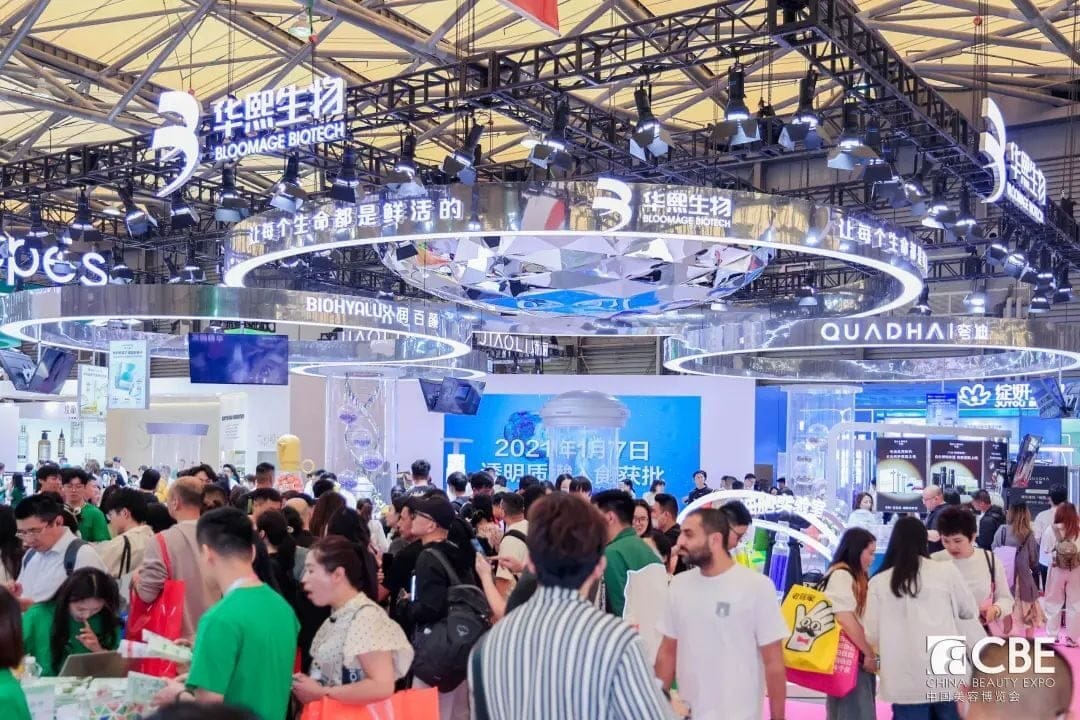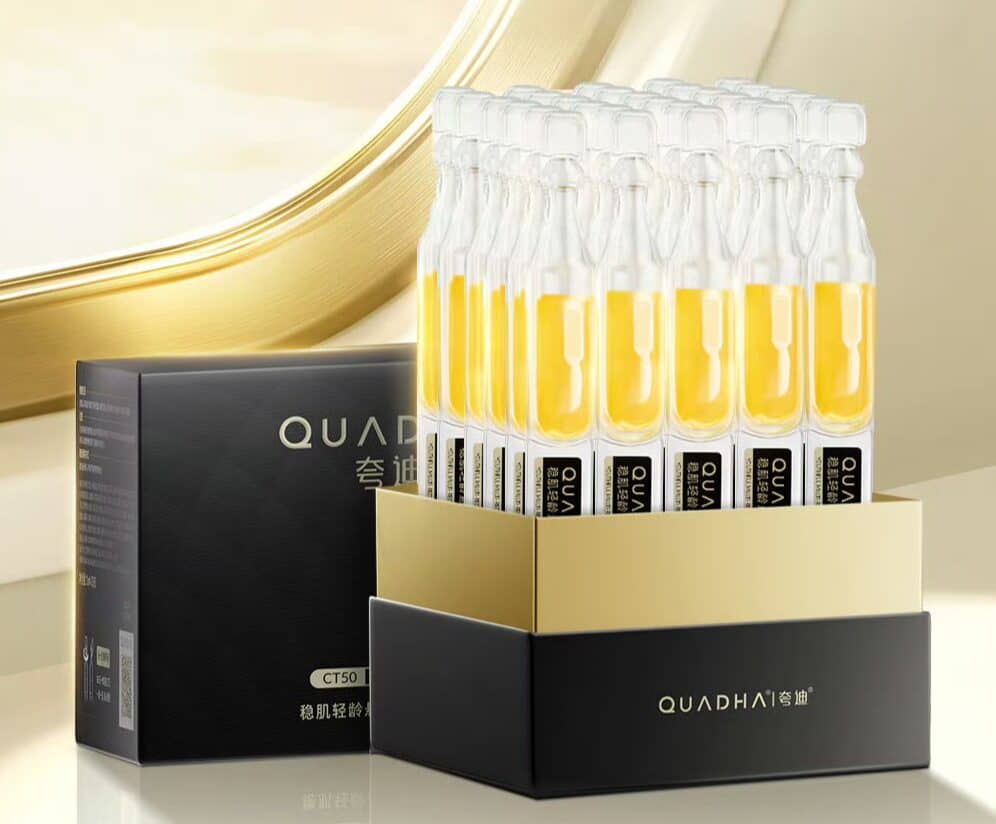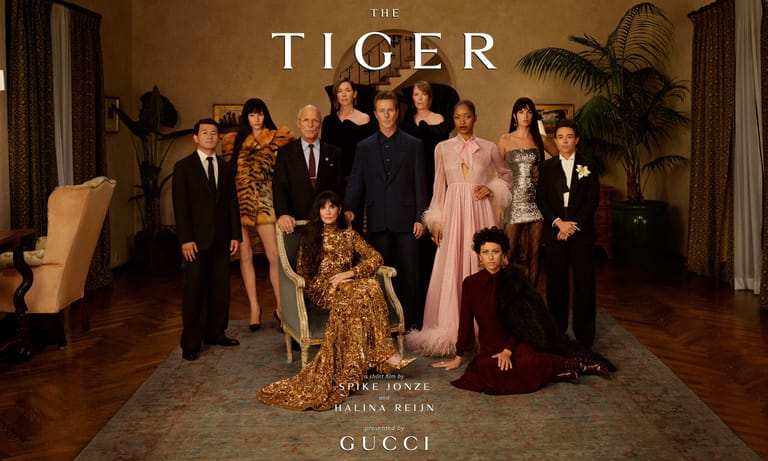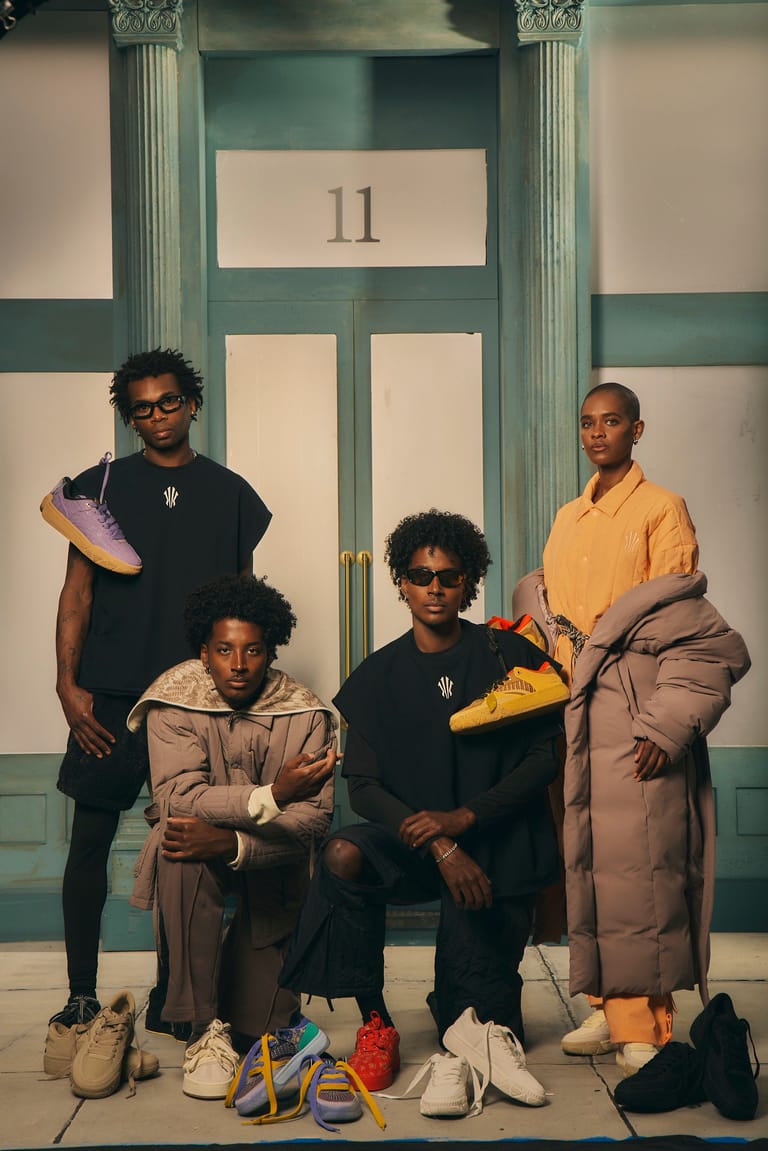Science, Sensory Storytelling, and Global Ambitions: CBE 2025 Trends to Watch
By
Huiyan Chen

Published on
May 15, 2025

On May 14, the 29th edition of the China Beauty Expo (CBE) wrapped up in Shanghai, signaling another landmark moment in the “First in Shanghai” initiative. This year’s event brought together over 3,200 companies and showcased more than 80,000 new product innovations spanning skincare, color cosmetics, and personal care. Beyond its role as a barometer of consumer trends, the event served as a narrative reset for Chinese beauty brands working to assert dual strength in both science and market agility.
Cellular-Level Skincare Redefines the Anti-Aging Landscape
China’s anti-aging category is undergoing a dramatic shift. Once dominated by familiar actives like niacinamide and peptides touting short-term results, consumer expectations have matured. Efficacy is no longer defined solely by speed—it’s now about depth and sustainability. Enter a new wave of innovation focused on cellular repair.
Leading this charge is QuadHA, whose latest launch, the 5D Hyaluronic Acid Oil Repair Serum 2.0, exemplifies this deep-tech approach. The formula features its proprietary CT50 Cellular Energy Complex, designed to stimulate cellular vitality and push past the plateau of short-lived results. A doubled concentration of Edelweiss extract reinforces skin barrier repair, creating a dual-action strategy: external protection and internal rejuvenation. This systemic, layered methodology marks a new chapter in anti-aging, one rooted in repair as much as performance.

Whitening Products Move Beyond Quick Wins
Skin brightening remains a perennial priority for Chinese consumers. Yet, with “instant results” now a baseline expectation, leading brands are redefining innovation around efficacy timelines and skin barrier protection.
Proya’s Double Effect Serum exemplifies this pivot. Anchored in a dual-targeting mechanism, the formula separates whitening into two dimensions: grapefruit flavonoids for surface-level antioxidant renewal and a self-purifying internal path that builds tolerance over time. The result is a brightening strategy that’s both progressive and gentler on the skin, extending the efficacy cycle while reducing long-term sensitivity.

Sensory Branding Emerges as an Emotional Differentiator
In a market saturated with similar claims and ingredients, brands are tapping into the senses to forge emotional connections. This year’s CBE revealed a striking emphasis on the ritualistic and experiential elements of beauty, where color, texture, and scent carry as much strategic weight as functional ingredients.
First-time exhibitor Flower Knows captivated with its Shell Pearl Collection, a dreamscape of seafoam blues and pearlescent pinks that transformed its booth into a fantastical underwater palace. Through visual, olfactory, and tactile storytelling, the brand blurred the line between product and fantasy, offering makeup not just as a tool, but as an immersive experience.
In the personal care category, Spes brought emotional self-care into the scalp care conversation. Its Spestide Volumizing Peptide Spray combines scalp energy peptides with a light botanical fragrance, turning routine maintenance into a sensory ritual. By positioning scalp care as a form of stress relief, Spes adds emotional resonance to a scientifically credible format.
Chinese Brands Double Down on Global Dual-Track Strategy
In a global climate marked by volatility, Chinese beauty brands are recalibrating their outbound strategies, leaning into two complementary tracks: deeper regional penetration and upstream collaboration with international supply chains.
Southeast Asia has emerged as a high-potential growth zone. With a population of 750 million and a youthful consumer base, the region offers fertile ground for China’s beauty exports. At CBE, e-commerce operator Lazada unveiled “Practical Playbook for Chinese Beauty Brands in Southeast Asia,” outlining tailored solutions across product strategy, logistics, and local operations.
Further cementing the region’s strategic value, CBE will partner with Cosmoprof in June to host the Southeast Asia Beauty Expo in Thailand. Designed as both a trade showcase and networking platform, the event underscores the industry’s ambition to fast-track bilateral engagement between China and regional markets.
Elsewhere, France’s presence at CBE offered a different but equally important axis of global collaboration. As the official Country of Honor, the French pavilion spotlighted fragrances and skincare products rooted in Cosmetic Valley’s scientific pedigree. From ingredient sourcing to co-development, the cross-border partnerships underscored how French technical know-how can elevate Chinese brands in mature global markets.
What’s emerging is a global expansion strategy that’s both inwardly fortified and outwardly agile: Southeast Asia serves as a rapid-scale sandbox, while France (and markets like Japan) offer a credibility boost through supply chain and brand alliances.
From Price-Driven to Tech-Powered—and Beyond
The Chinese beauty industry is clearly evolving beyond price wars into a technology-driven, brand-led era. Functional skincare remains the growth engine, but with ingredient innovation now widely democratized, the challenge is storytelling—how to translate R&D into brand IP and cultivate long-term consumer loyalty.
At the same time, global ambition is being reframed. Southeast Asia remains the proving ground, offering affordability-sensitive markets primed for breakout Chinese brands. But in mature markets like France and Japan, cultural collaborations and supply chain credibility are the next frontiers.
The future of Chinese beauty may hinge not just on what it makes, but on how it tells its story—connecting scientific rigor, emotional resonance, and local relevance into a cohesive, global brand narrative.












